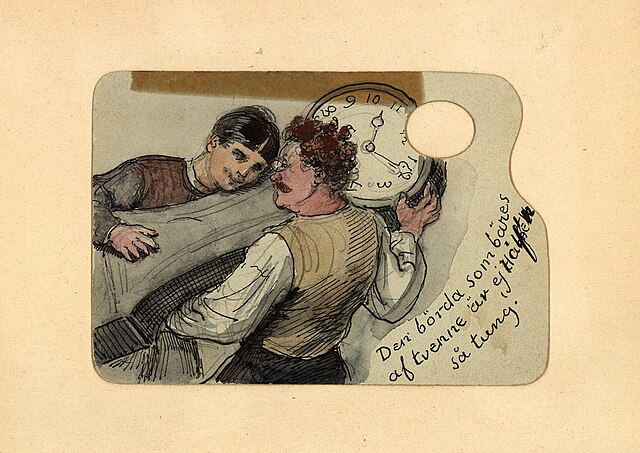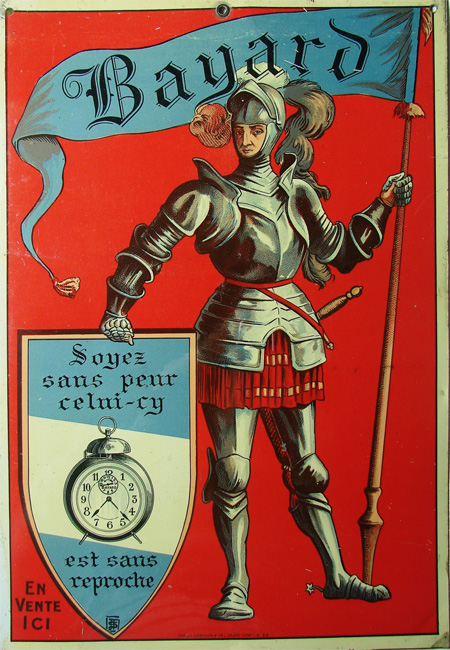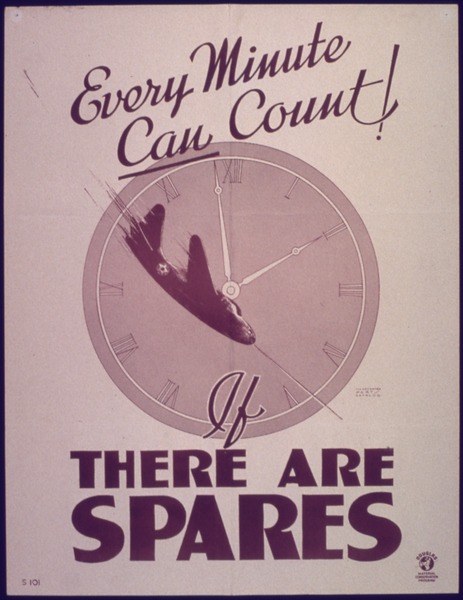
For graduate students who think their thesis may never be done, encouragement may be found in a worldwide competition that may arrive one day in Thailand.
Three Minute Thesis (3MT) allows 180 seconds for a student to explain a PhD thesis to a general audience. Developed by the University of Queensland, Australia, the event cultivates student skills in presenting and communicating their work. Every graduate student finds it difficult to briefly explain a thesis to family or friends who have no experience with the subject. Helping to make the thesis seem understandable and even interesting is the point of 3MT. The challenge is to make it accessible for a non-specialist audience, not just ajarns and fellow students who already know all about it or see why it is significant.
Spreading popularity.
After being presented in Australia, the competition inspired similar contests at universities around the world. Universitas 21 (U21), a network of 25 research universities, has organized an international 3MT competition outside the southern hemisphere. Participating Universitas 21 members held university-wide 3MTs to find local winners who went to the finals, judged by international business people and academics. Among the Universitas 21 associates in Asia are China’s Fudan University and Shanghai Jiao Tong University; the University of Hong Kong; the University of Delhi, India; the National University of Singapore; and Korea University. Winners receive US$2,500 to visit any U21 university they prefer for research or job hunting. Leading American and European universities are among the institutions in 19 countries where 3MT competitions are organized. In the Asia Pacific region, The University of the South Pacific, Fiji; Hong Kong University; Nanyang Technological University, Singapore; Ritsumeikan University, Japan; Central Luzon State University, Philippines; Universiti Malaya; Universiti Teknologi; Malaysia; and Polytechnic University of the Philippines are participating.

Motivations.
Why would busy graduate students take the time to accept this public challenge? One prizewinner on the 3MT website explains:
Anytime I go into a job interview in the future I have the best parts of my PhD, the real essence of it, wrapped up in an explanation that even non-specialists can understand. That will be a definite advantage.
If you can quickly explain to an audience what you have been doing, you can also tell potential employers in language anyone can understand. A runner-up to a past competition is equally enthused:
I knew participating in 3MT would force me to express my research ideas in a clear and concise way which everyone could understand. I would strongly encourage other research students to participate in 3MT. If early career researchers do not possess the skills to present their research in a clear and engaging way, our message, and the implications of our research, could be lost.
Not everyone is so enthused about 3MT. A 2013 article in The Scientist Magazine pointed out that some students are naturally more communicative than others and speak more easily in public. Students who are shy or otherwise have difficulty presenting themselves to a crowd of people get no specific guidance on how to conquer these problems from the competition itself.
Rules
Among the rules listed on the 3MT website are the following:
A single static PowerPoint slide is permitted. No slide transitions, animations or ‘movement’ of any description are allowed. The slide is to be presented from the beginning of the oration.
No additional electronic media (such as sound and video files) are permitted.
No additional props (such as costumes, musical instruments, laboratory equipment) are permitted.
Presentations are limited to 3 minutes maximum and competitors exceeding 3 minutes are disqualified.
Presentations are to be spoken word (no poems, raps or songs).
Presentations are to commence from the stage.
Presentations are considered to have commenced when a presenter starts their presentation through either movement or speech.
The decision of the judging panel is final.

How are winners chosen? Judges decide about what they hear:
Did the presentation provide an understanding of the background to the research question being addressed and its significance?
Did the presentation clearly describe the key results of the research including conclusions and outcomes?
Did the presentation follow a clear and logical sequence?
Was the thesis topic, key results and research significance and outcomes communicated in language appropriate to a non-specialist audience?
Did the speaker avoid scientific jargon, explain terminology and provide adequate background information to illustrate points?
Did the presenter spend adequate time on each element of their presentation – or did they elaborate for too long on one aspect or was the presentation rushed?

There is also the issue of communication and how involved the speaker seemed with the subject:
Did the oration make the audience want to know more?
Was the presenter careful not to trivialise or generalise their research?
Did the presenter convey enthusiasm for their research?
Did the presenter capture and maintain their audience’s attention?
Did the speaker have sufficient stage presence, eye contact and vocal range; maintain a steady pace, and have a confident stance?
Did the PowerPoint slide enhance the presentation – was it clear, legible, and concise?

Many researchers must spend lots of time justifying their work to civil servants with little specific knowledge of their fields. As a practical part of careers in many fields today, it is necessary to ask for funding from governments and private industries. Getting accustomed as early as possible to explaining why your research is worthwhile may be useful for communicating with future employers. Since the challenge is to talk to a live audience about why specific work is important, no props or technical language are allowed. Among the FAQs answered on the 3MT website are the following:
- Can additional props be used during a presentation?
- No additional props (e.g. costumes, musical instruments, laboratory equipment) are permitted during a 3MT presentation.
- Can I present my oration via Skype?
- While this decision rests with each School / Faculty / University, we would discourage remote presentations. As an important aspect of the competition is audience engagement, anyone who would choose to present via conferencing facilities would be at a disadvantage compared to other competitors. The winner of the University Final will be expected to attend the Trans-Tasman 3MT Competition in person.
- Can palm cards or speech notes be refered to during a presentation?
- Yes, palm cards and/or speech notes are acceptable, however this option may detract from the delivery of the 3MT and is not recommended.
- Can sound or video be used during a presentation?
- No additional electronic media (e.g. sound and video files) is permitted during a 3MT presentation.
- Is there a dress code?
- There is no stipulated dress requirement such as ‘smart casual’. Some have worn suits with ties, others t-shirts and jeans. Please wear whatever is comfortable for you. NO COSTUMES (including hats, masks, Dame Edna specs, etc).
- What is allowed on the presenter’s 3MT PowerPoint slide?
- One single static PowerPoint slide is permitted. In preparing the slide, remember that ‘less is more’. It does not have to include text. Visual cues are very effective in assisting the presenter’s explanation of their research (No slide transitions, animations, sound or ‘movement’ is permitted).
- While presenters can’t deliver their 3MT as a poem or song, can they quote from a poem or song?
- Yes, quotes can be included from a poem or song if it is relevant to the presenter’s thesis topic. Poetry and song lyrics are not permitted to be used to present the entire 3MT and their use should be very limited.
- Who do I contact to discuss my School / Institute / University’s interest in the 3MT competition?
- The UQ Graduate School will be able to assist you and answer any additional 3MT questions that you may have. Please email 3MT@uq.edu.au.

(all images courtesy of Wikimedia Commons).
